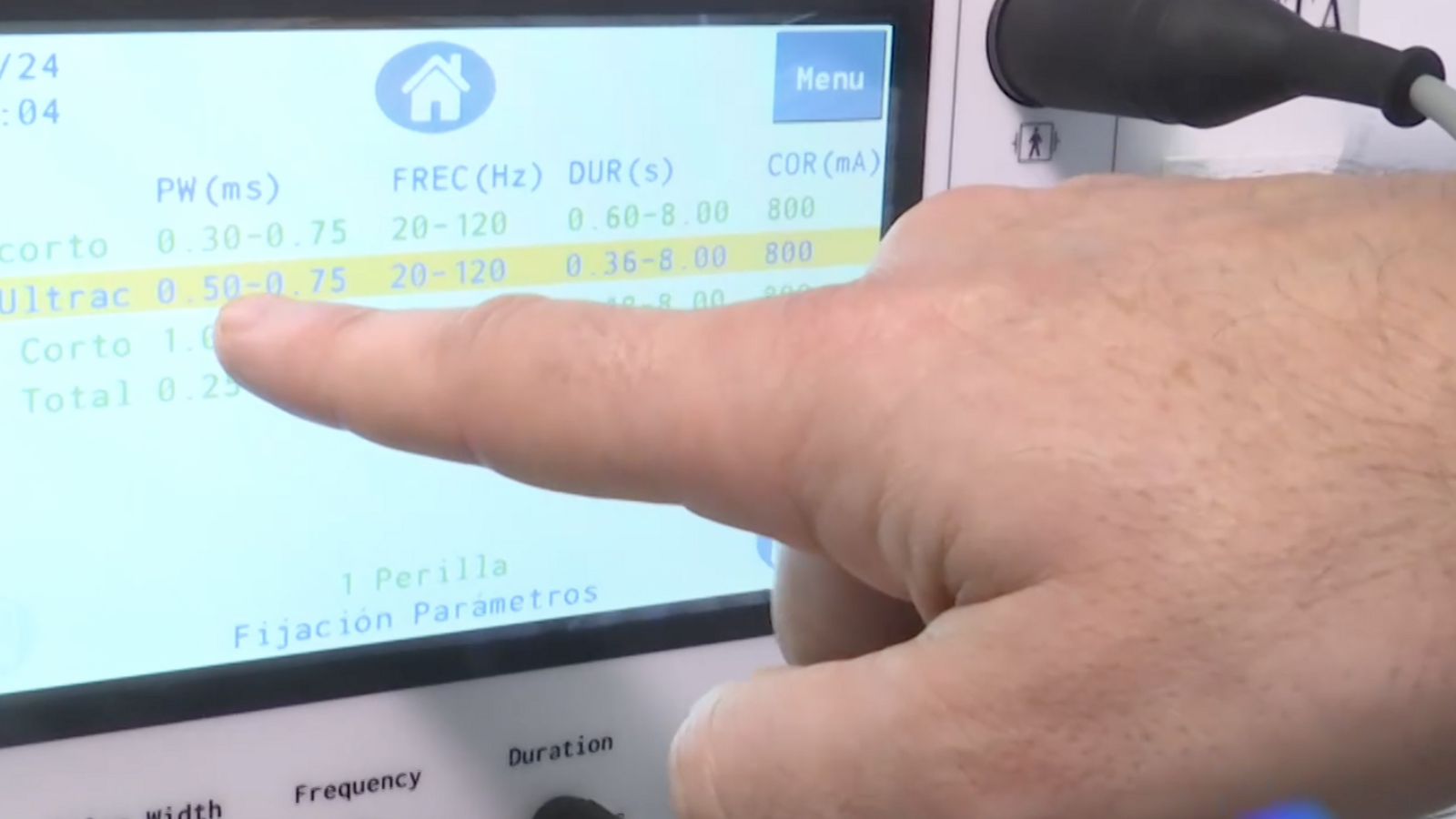Electroshock therapy: The real therapy behind the myth and why it's still used today
During treatment the patient is sedated, but afterwards he or she may experience memory loss which, in principle, is reversible.


PalmThe application of electroshock (electroconvulsive therapy) to the brain is a traditionally controversial procedure that is still used in the field of psychiatry, albeit in a controlled and limited manner. The film One Flew Over the Cuckoo's Nest, released in 1975, shows Randle McMurphy, played by Jack Nicholson, undergoing brutal therapy, with shocks that cause him to convulse violently while numerous people endure. All of this, while he is awake and fully aware of what is being done to him. The spectacular images remain in the imagination of an entire generation, who still remember the film when they hear about electroconvulsive therapy. However, it bears little resemblance to current reality. "It lasts for a minute, it's effective, and the patient doesn't realize it," says Joaquín López, a psychiatrist at Son Espases Hospital.
Beyond its effectiveness, Vicente Galaso, coordinator of the Nuestra Voz association and psychologist, mentions its multiple side effects. "It's like making a reset of the brain, but it's played without really knowing its indirect consequences, because the neuronal complexity makes it difficult to know what might happen. There are cases of people who have had electroshocks and later realized they had lost memories," he laments.
López says that it used to be performed without anesthesia, but now it isn't: "The patient's consent is absolutely necessary. The treatment is safe for anyone who needs it," he points out. It's used in cases of patients with severe depression. "It's a frowned upon and highly stigmatized technique, but it works," he assures. The patient's consent is always required, and the process isn't like what's depicted in science fiction films. The patient is sedated and electric currents are applied. The effect on the brain can last for several months, approximately three, until the user must repeat the process because the effects of the therapy wear off.
Also for pregnant women
The Son Espases psychiatrist assures that it is sometimes performed on pregnant women because there are cases in which electroshock therapy is safer for both mother and baby than medication, "especially in cases of moderate or severe depression," he explains, while acknowledging that it has been a while since he has seen women with this profile.
According to several studies, around 10% of pregnant patients who undergo electroshock therapy may experience some adverse effects. For example, labor may be hastened, as during the therapy there is an increase in hormones that trigger more contractions. There is also the possibility of placental abruption, something that can be prevented by controlling blood pressure. As for the baby, during the therapy, there is an increase in motor activity, which is not painful. However, the mother may experience hypoxia (lack of oxygen in the brain) that can harm the fetus.
Beyond the specific case of pregnant women, scientific studies have shown that modern therapy is safe and does not cause permanent brain damage. It may result in temporary side effects such as short-term memory loss, which is often reversible and should diminish over time after treatment.
